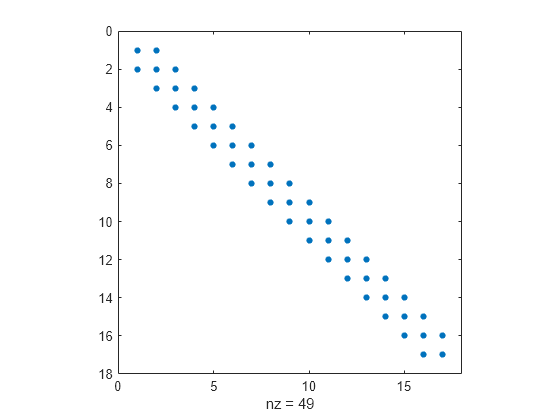det
矩阵行列式
说明
示例
输入参数
限制
由于以下限制,请勿使用 det 检查某矩阵是否为奇异矩阵。请改用 cond 或 rcond。
| 局限性 | 结果 |
|---|---|
行列式的幅值通常与矩阵的条件数不相关。 | 矩阵的行列式可以任意大或任意小,而不更改条件数。 |
| 行列式计算有时在数值上不稳定。例如, |
算法
det 使用 lu 函数基于高斯消去法获取的三角形因子计算行列式。
[L,U] = lu(X) s = det(L) % This is always +1 or -1 det(X) = s*prod(diag(U))
扩展功能
版本历史记录
在 R2006a 之前推出
